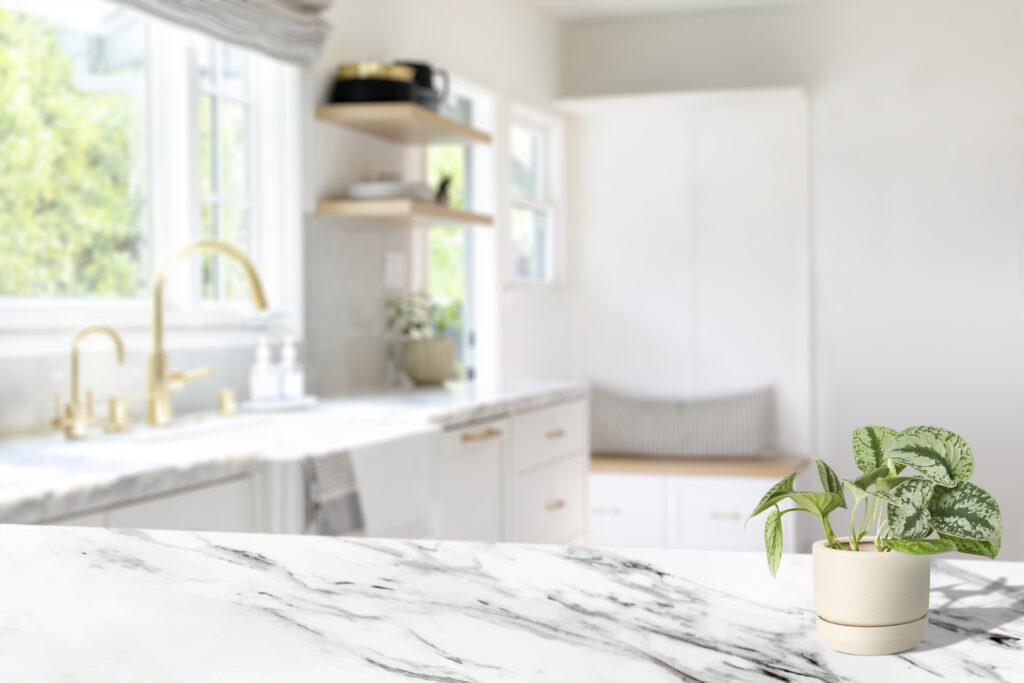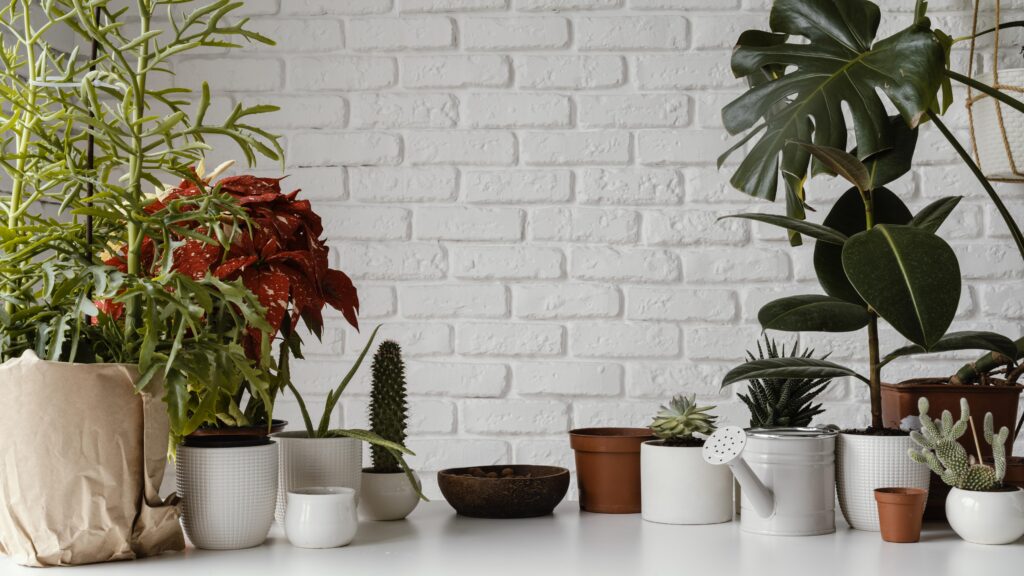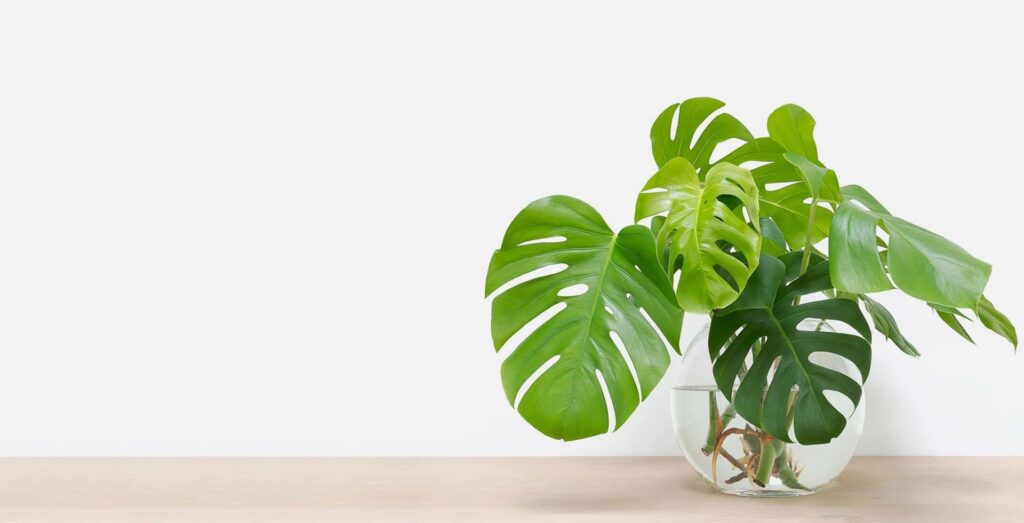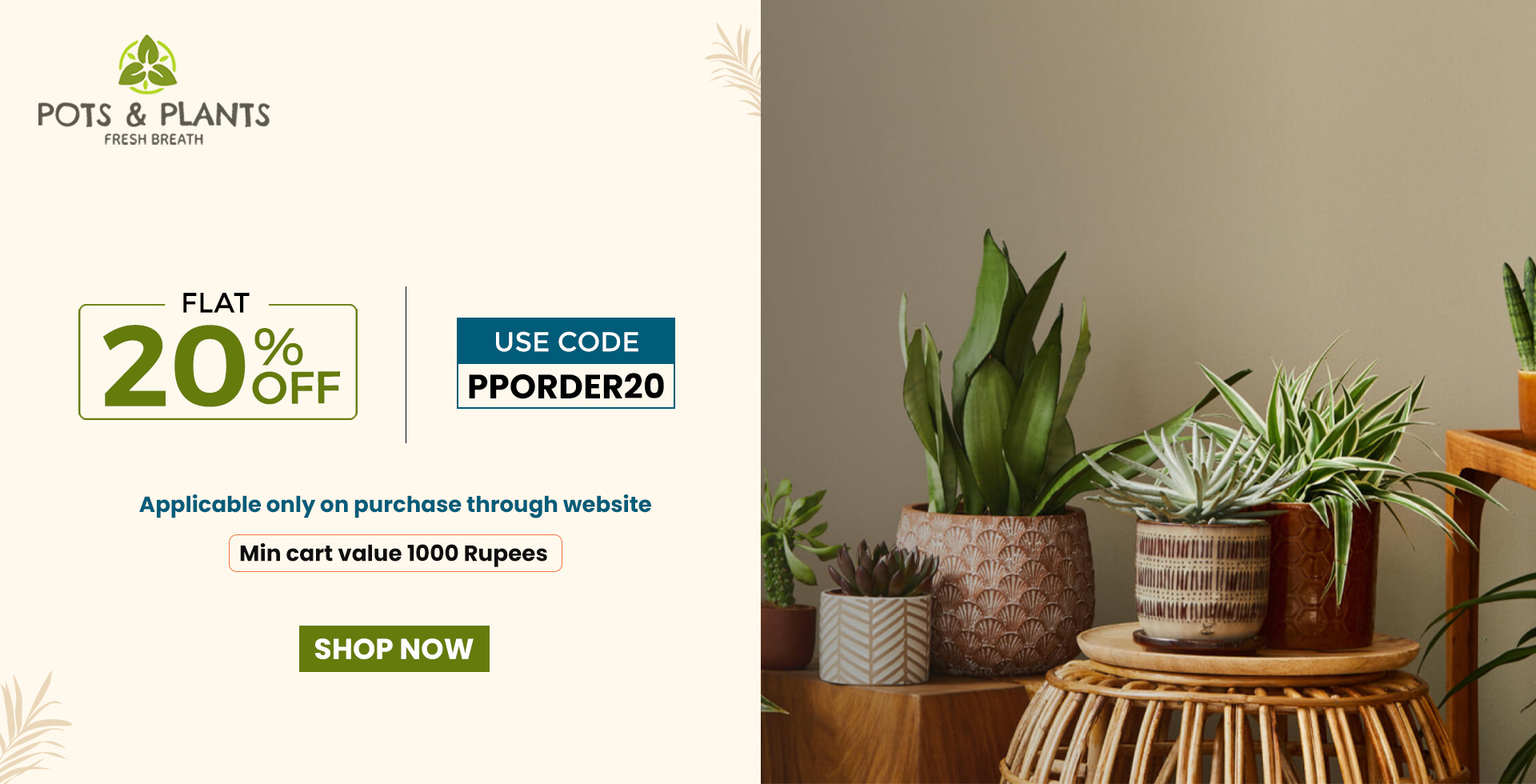How to Grow and Maintain Beautiful Spiral Bamboo?
Spiral bamboo, often known as lucky bamboo, is a popular houseplant that adds a touch of elegance and tranquility to any indoor space. Its unique, twisting stems and lush green leaves make it a favorite among plant enthusiasts and beginners alike. Growing and maintaining beautiful spiral bamboo at home is relatively easy if you follow a few key guidelines. This comprehensive guide will walk you through everything you need to know to keep your spiral bamboo healthy and thriving. Understanding Spiral Bamboo Before delving into the specifics of growing and maintaining spiral bamboo, it’s important to understand a bit about the plant itself. Despite its name, lucky bamboo (Dracaena sanderiana) is not a true bamboo but rather a member of the Dracaena family. This plant is native to the tropical rainforests of Africa and is known for its resilience and adaptability. Choosing the Right Spiral Bamboo When selecting spiral bamboo, look for healthy, vibrant green stalks with no signs of yellowing or damage. The leaves should be fresh and green without any brown tips. You can find spiral bamboo in various sizes, from small desk plants to larger floor plants. Choose a size that suits your space and aesthetic preferences. Planting Spiral Bamboo Water vs. Soil Spiral bamboo can be grown in both water and soil, each method having its own advantages. Growing in water is easier and often preferred for indoor settings because it requires less maintenance and provides a cleaner look. Growing in Water: Select a clear container or vase that allows the roots to spread out. Fill the container with distilled or filtered water, ensuring the roots are submerged but not the stalks. Add pebbles or marbles to stabilize the plant and keep it upright. Change the water every two weeks to prevent stagnation and algae growth. Growing in Soil: Choose a well-draining potting mix, preferably a mix designed for succulents or cacti. Select a pot with drainage holes to prevent waterlogging. Plant the bamboo stalks in the soil, ensuring they are firmly anchored. Water the plant thoroughly and let the soil dry out slightly between waterings. Light Requirements Spiral bamboo thrives in bright, indirect light. Place your plant near a window where it can receive filtered sunlight. Avoid direct sunlight, as it can scorch the leaves and cause them to yellow. If your home lacks sufficient natural light, consider using a grow light to provide the necessary illumination. Watering and Humidity For spiral bamboo grown in water, ensure the water level is maintained and changed regularly. For soil-grown bamboo, water the plant when the top inch of soil feels dry to the touch. Overwatering can lead to root rot, so be cautious not to let the plant sit in waterlogged soil. Spiral bamboo prefers a humid environment. If the air in your home is dry, especially during winter months, consider misting the plant regularly or placing a humidity tray nearby. A humidity tray can be made by filling a shallow dish with water and pebbles and placing it near the plant. Fertilizing Spiral bamboo does not require heavy fertilization. A balanced liquid fertilizer diluted to half strength can be applied once a month during the growing season (spring and summer). Over-fertilizing can lead to salt buildup and damage the plant, so less is more. Pruning and Shaping Pruning is essential for maintaining the shape and health of your spiral bamboo. Remove any yellow or damaged leaves promptly. To encourage new growth and maintain the spiral shape, trim the stems just above the node (the joint where leaves emerge). You can also use soft ties or twist ties to guide the growth of the stems, gently coaxing them into the desired shape. Pest and Disease Management Spiral bamboo is relatively resistant to pests and diseases. However, it can occasionally be affected by spider mites, aphids, or fungal infections. Regularly inspect your plant for signs of pests, such as tiny webs or discolored leaves. If you notice any pests, treat the plant with a mild insecticidal soap or neem oil. Ensure good air circulation around the plant to prevent fungal issues. Troubleshooting Common Problems Propagation Propagating spiral bamboo is relatively simple and can be done through stem cuttings. Here’s how: Decorative Ideas Spiral bamboo’s unique appearance makes it a versatile decorative element in your home. Here are a few ideas: Conclusion Growing and maintaining beautiful spiral bamboo at home is a rewarding and relatively simple endeavor. By providing the right light, water, and care, you can enjoy the beauty and tranquility of this unique plant for years to come. Whether you’re a seasoned gardener or a novice, spiral bamboo is a wonderful addition to any indoor garden, bringing a sense of calm and elegance to your home.








